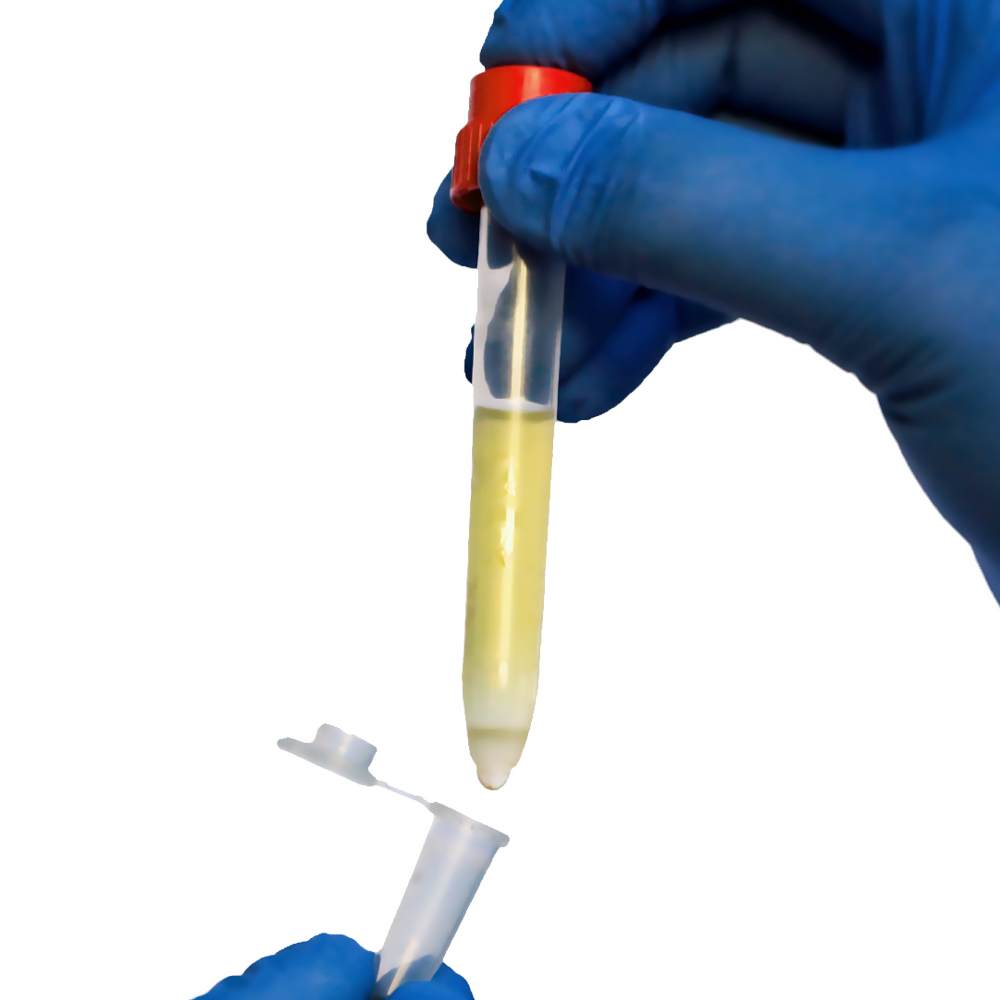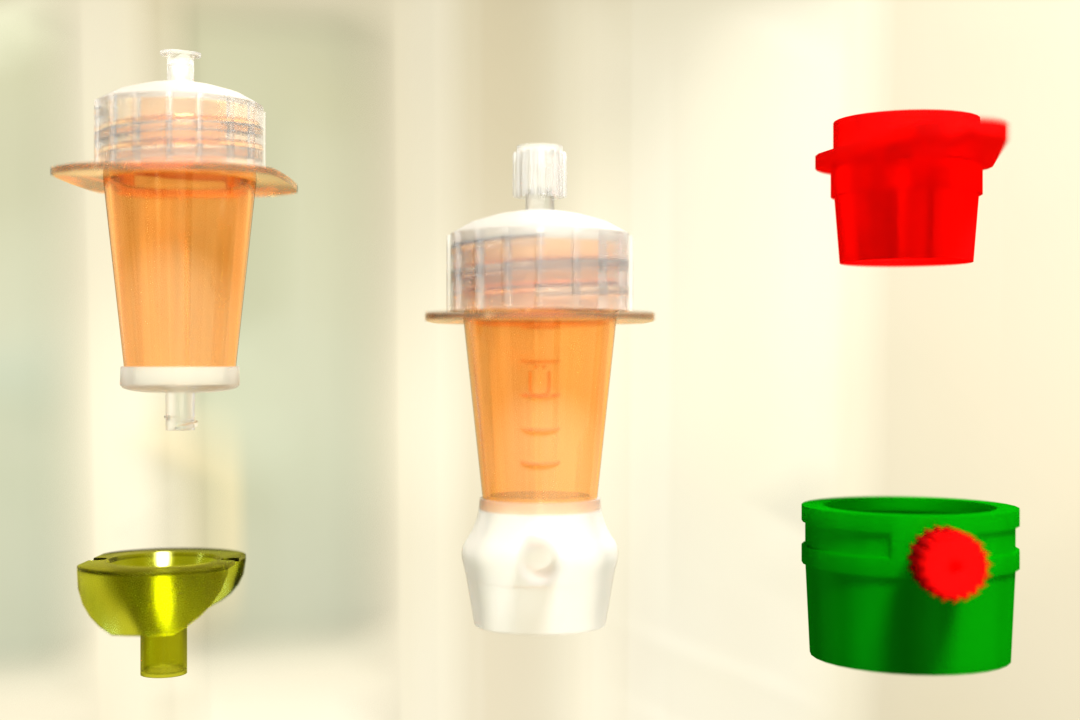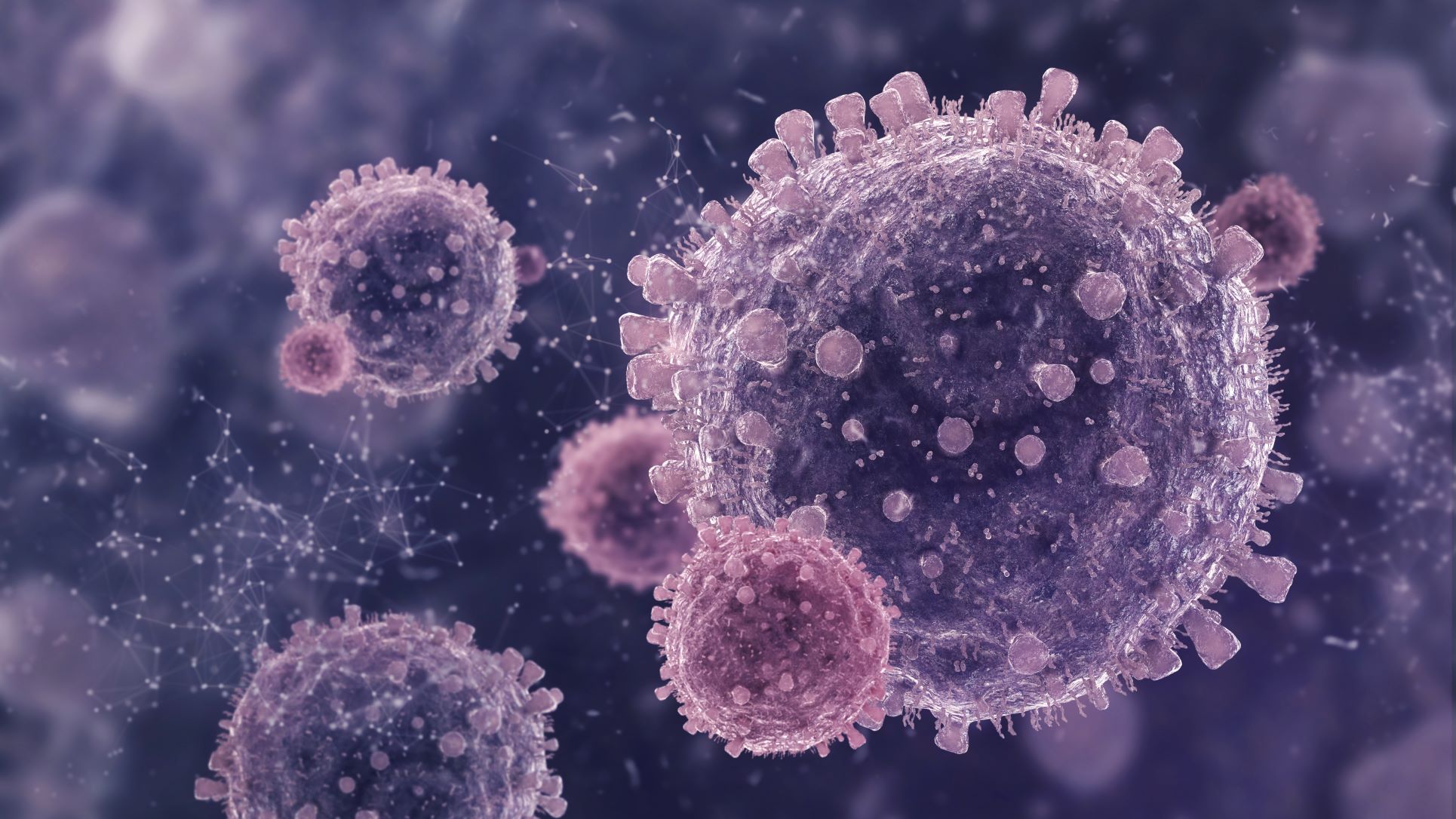This article delves into using advanced technologies like pluriBead and pluriSpin, offering efficient and gentle methods for isolating specific cell types, thereby enabling diverse research applications in immunology and beyond.
B cells, a crucial component of the immune system, play a pivotal role in defending the body against pathogens and maintaining immunological balance. These specialized cells produce antibodies, also known as immunoglobulins, which recognize and neutralize foreign invaders such as bacteria, viruses, and other pathogens. Understanding B cell biology and harnessing advanced separation technologies are essential for various research and clinical applications.
The Significance of B-Cell Separation
B cell separation is a fundamental procedure in immunology, encompassing the isolation and purification of B cells from intricate biological samples like blood, bone marrow, or lymphoid tissues. This methodological step holds immense significance in the realm of biomedical research, facilitating a deeper understanding of B cell biology, immune responses, and antibody-mediated immunity. By effectively isolating B cells from heterogeneous mixtures, researchers gain insights into the intricacies of B cell function, including antigen recognition, antibody production, and immunomodulatory roles. Moreover, the ability to purify B cells enables the exploration of their diverse functionalities in health and disease, paving the way for the development of novel therapeutic strategies and immunotherapies targeting various immune-related disorders.
Advanced Applications of B-Cell Separation
In addition to their fundamental role in immunology research, B cell separation technologies have found diverse applications across various scientific disciplines and clinical settings. Here are some advanced applications:
1. Monoclonal Antibody Production: B cell separation techniques are instrumental in isolating and culturing specific B cell clones for monoclonal antibody production. Monoclonal antibodies have widespread applications in diagnostics, therapeutics, and research, including targeted cancer therapies, autoimmune disease treatments, and immunoassays.
2. Vaccine Development: Isolating and characterizing antigen-specific B cells are crucial steps in vaccine development. By identifying B cells that produce potent neutralizing antibodies against pathogens, researchers can design vaccines that elicit robust immune responses and provide long-lasting protection against infections.
3. Autoimmune Disease Research: B cell dysregulation is implicated in various autoimmune diseases, including rheumatoid arthritis, lupus, and multiple sclerosis. Advanced B cell separation techniques allow researchers to study the underlying mechanisms of these diseases, identify autoantibodies, and develop targeted therapies to modulate B cell responses and alleviate symptoms.
4. Stem Cell Therapy: B cell depletion is a key component of certain stem cell transplantation protocols, particularly in the treatment of hematological malignancies like leukemia and lymphoma. Precise isolation of B cells from donor samples helps minimize the risk of graft-versus-host disease and ensures successful engraftment of stem cells in recipients.
5. Biomarker Discovery: Isolating rare subsets of B cells associated with specific diseases or immune responses can facilitate the discovery of novel biomarkers for diagnostic or prognostic purposes. Advanced B cell separation technologies enable the identification and characterization of these rare cell populations, paving the way for personalized medicine approaches and precision diagnostics.
Advanced Antibody Cell Separation Technologies: pluriBead and pluriSpin
pluriBead:
Operation: pluriBead employs a straightforward sieving mechanism devoid of magnetic components, facilitating cell separation with ease and efficiency.
Sample Compatibility: This innovative technology accommodates a wide array of sample materials, spanning from whole blood and buffy coat to various tissue samples, enhancing its versatility and applicability across different research domains.
Ease of Use: With its user-friendly design, pluriBead streamlines the cell separation process by eliminating the need for extensive sample preparation, thereby minimizing procedural complexities and optimizing workflow efficiency. Moreover, its rapid isolation times, commencing from just 5 minutes, ensure swift results, enhancing experimental throughput and productivity.
Efficiency: While delivering rapid outcomes, pluriBead ensures gentle yet effective cell separation, preserving the integrity and viability of isolated cells. This gentle approach minimizes the risk of cellular damage or alteration, thereby maintaining the physiological relevance of the isolated cell populations and facilitating downstream analyses with confidence.
pluriSpin:
Operation: pluriSpin represents a advanced negative cell isolation system meticulously engineered to facilitate the untouched and highly purified isolation of target cells from whole blood, buffy coat, or cord blood specimens.
Sample Compatibility: This advanced technology obviates the necessity for magnets or columns, enabling seamless cell isolation directly from diverse sample sources, including whole blood, buffy coat, or cord blood, thereby streamlining the experimental workflow and enhancing operational efficiency.
Risk Reduction: By circumventing the use of magnets or columns, pluriSpin significantly mitigates the risk of inadvertent cell activation or damage during the isolation process, ensuring the preservation of cell viability and functionality, thereby bolstering the reliability and robustness of downstream analyses.
Functional Compatibility: Cells isolated through pluriSpin retain their functionality and compatibility with a myriad of downstream applications, ranging from cell stimulation and cytotoxicity assays to compound screening and molecular analyses, thereby facilitating comprehensive investigations into cellular behavior and function.
Ease of Use: With its intuitive and expedited protocol, pluriSpin offers unparalleled ease of use, facilitating the rapid and efficient isolation of viable cells with minimal manipulation. This user-friendly approach renders pluriSpin particularly suitable for high-throughput screening initiatives and diverse research applications, empowering researchers with a versatile and robust tool for cellular analysis and experimentation.
Both pluriBead and pluriSpin stand as advanced technologies in antibody cell separation, providing researchers with efficient, gentle, and flexible solutions for isolating specific cell types from intricate biological samples. These pioneering technologies streamline workflows and empower researchers to acquire high-quality, functional cells suitable for a broad spectrum of research applications spanning immunology, oncology, infectious diseases, and beyond.
Conclusion
pluriSpin Human B Cell Enrichment employs negative cell selection to bind and separate all cells except those desired, leaving only the cells of interest untouched. In contrast to positive enrichment methods like pluriBead, which bind all cells except the target cells, pluriSpin separates specifically targeted cells by binding them to antibodies. B cell separation, a cornerstone technique in immunology, holds vast significance across research, diagnostics, and therapy realms. Cutting-edge antibody cell separation technologies such as pluriBead and pluriSpin are revolutionizing B cell isolation, providing researchers with efficient, gentle, and adaptable solutions for delving into B cell biology and immune responses. Leveraging these innovative technologies enables researchers and clinicians to delve deeper into B cell function, immune regulation, and disease mechanisms, thereby paving the path toward pioneering therapeutic strategies and enhanced patient care.
 English
English French
French
 German
German
 Spanish
Spanish
 Belgium
Belgium
 Italian
Italian Brazil
Brazil Chinese Mandarin
Chinese Mandarin




